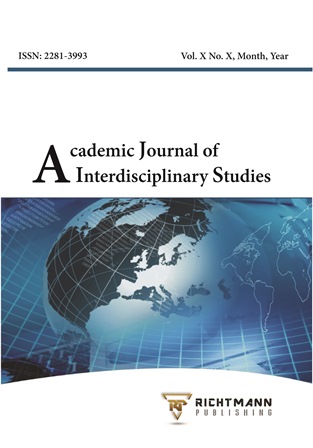Eco-Economy: Utilization of Sapwood Scraps for Sustainable Economic Value in Communities
DOI:
https://doi.org/10.36941/ajis-2023-0009Keywords:
Eco-economy, Product design, Furniture, Teak, Sapwood, DesigningAbstract
The objective of this research was to design furniture products from the sapwood of teak trees aged between 7-14 years with lining up for planting. Moreover, the results of the newly developed furniture design were analyzed with a structural equation model from the required level for furniture products made from sapwood waste. The population comprised one hundred and two consumers of teak products who visited the exhibition from on 10th at Rajamangala University of Technology Isan in Nakhon Ratchasima Province. In addition, the sample group included eighty consumers of teak products who visited Exhibition on 10th using Krejcie & Morgan random sampling table and simple random sampling. In this case, the research tool was a structured questionnaire to be measured by using a 5-level Likert rating scale and a Cronbach's Alpha coefficient of 0.813. Accordingly, it was considered to be at a suitable level by using Confirmatory Factor Analysis (CFA) with the results shown as ?^2= 15.703, df = 32, relative ?^2= .491, p = .993, RMSEA = .000, RMR = .020, GFI = .967, AGFI=.920, NFI = .950, TLI = 1.137, CFI = 1.000. In this case, it can be concluded that the feelings that affect consumer demand for products consist of 4 main factors with the characteristics of the material, social currency factor, behavioral expression factor, and market demand factor, among others.
Received: 16 October 2022 / Accepted: 26 December 2022 / Published: 5 January 2023
Downloads
Downloads
Published
Issue
Section
License

This work is licensed under a Creative Commons Attribution-NonCommercial 4.0 International License.
This work is licensed under a Creative Commons Attribution-NonCommercial 4.0 International License.








